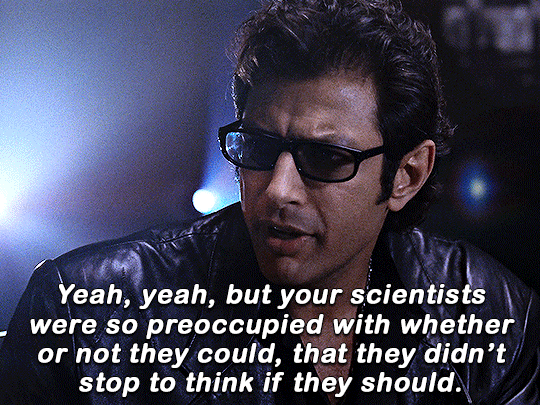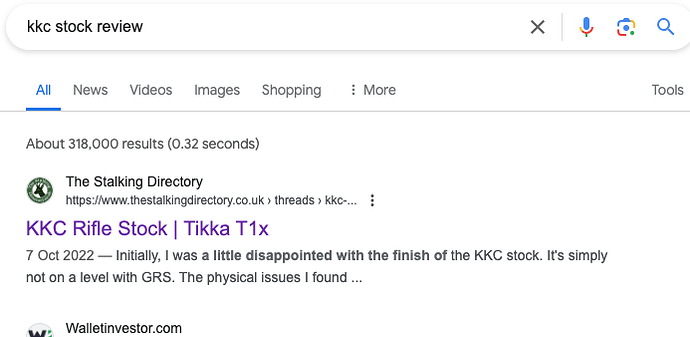BHP Response to media commentary regarding Brazil Federal Court decision
BHP notes the recent media commentary regarding a decision by the Federal Court of Brazil in relation to the BRL$155 billion (approximately US$32 billion) Federal Public Prosecution Office claim.
As previously disclosed in BHP’s 2023 Annual Report, in May 2016, Brazil’s Federal Public Prosecution Office (and 18 other public entities) filed a public civil claim against Samarco Mineração S.A. (Samarco), Vale S.A. (Vale) and Billiton Brasil Ltda (BHP Brasil) seeking BRL$155 billion (approximately US$43 billion at the time) for reparation, compensation and collective moral damages in relation to the failure of the Fundão tailings dam on 5 November 2015.
The Fundão tailings dam was operated by Samarco, a non-operated joint venture owned by BHP Brasil (a subsidiary of BHP Group Limited) and Vale. BHP Brasil and Vale each hold a 50 per cent interest in Samarco.
On 16 October 2023, an interlocutory motion was filed by the Brazilian Federal Prosecutors in the Federal Prosecution Office claim seeking the early payment of collective moral damages, which is one of the categories of damages sought in the BRL$155 billion claim. The media commentary reports that the Federal Court of Brazil issued an interlocutory decision quantifying collective moral damages arising from the Fundão tailings dam failure in the amount of BRL$47.6 billion (US$9.7 billion) (excluding interest and inflation from the date of the dam failure) and ordering Samarco, Vale and BHP Brasil to pay these damages, when any and all appeals are finally determined.
BHP Brasil has not been served with a decision by the Court and will review the decision to assess its implications, the potential for an appeal and any potential impact to the Group’s provision related to the Samarco dam failure. Since early CY2021, the parties have been engaging in negotiations to seek a settlement of obligations under the Framework Agreement and BRL$155bn Federal Public Prosecution Office claim and the negotiations are expected to resume in February 2024.
As disclosed in BHP’s 2023 Annual Report, the Group’s provision related to the Samarco dam failure is US$3.7 billion as at 30 June 2023. Further details of the Group’s provisions and contingent liabilities related to the Fundão tailings dam failure (including the Federal Public Prosecution Office claim) are set out in the Group’s financial statements for the year ended 30 June 2023.
BHP Brasil is fully committed to supporting the extensive ongoing remediation and compensation efforts in Brazil through the Fundação Renova, which is a not-for-profit, private foundation that was established following the Fundão tailings dam failure to implement 42 remediation and compensatory programs in Brazil.
Authorised for release by Stefanie Wilkinson, Group Company Secretary



